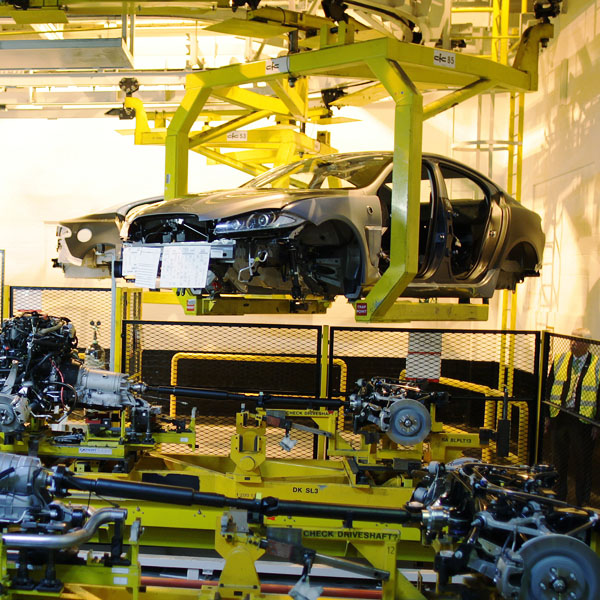
Industrial process
The drive towards greater flexibility and reduction of waste continues, writes Robert Wright
Within a year of Henry Ford’s introduction of the first modern assembly line at his factory near Detroit in 1913, the system had slashed the time to build a Model T Ford from 12.5 man hours to just 93 minutes.
A century later, industrial engineers are still trying to reduce the inflexibility in Ford’s system. The most eye-catching innovation is 3D printing, which could eventually make products as varied as Ford’s Model Ts were identical. But even now information technology is cutting waste and boosting flexibility in many forms of manufacturing.
General Motors’ Orion assembly plant, 30km north of Ford’s old Model T plant, was redesigned to maximise its efficiency. Workers installing wiring, pipes and other small parts now receive individual, tailored component kits just as the relevant car body arrives, providing far more flexibility to vary output.
The plant also encapsulates some less obvious innovations borrowed from the lean manufacturing philosophy developed by Toyota of Japan. The assembly line is shorter, reducing the capital tied up in it, with the freed-up space used to bring in many parts suppliers, reflecting the shortening of supply chains in other manufacturing processes.
Orion has also brought back to the US work that had been done overseas – a nascent trend that also reduces concerns heightened since the 2011 tsunami in Japan and floods in Thailand.
The tsunami knocked out plants that were the sole source of some products. In an irony that might have amused Henry Ford – whose Model Ts were famously always the same colour – some black paints supplied to Ford were among the supplies affected.
